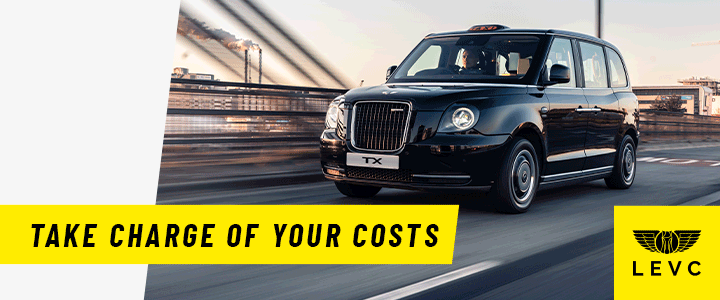What is DUAL TAXI LICENSING and what are the benefits?

Taxi licensing can be confusing at the best of times especially when it comes to understanding UK regulations and how it works from region to region.
Many working in large urban cities are aware of only two types of licences that can be obtained. Hackney carriage and Private Hire Vehicle (PHV) driver licences. For many, especially in London, the concept of a third option, dual licensing, is one of mystery and uncertainty.
So, let’s break it down and explain why thousands of cabbies across the UK chose the dual licensing option.
In 2022 there are 330,300 driver licences in England, 11,800 (3.4%) less than in 2021. Of the total licences, 65% were PHV-only licences, just 12% were taxi-only licences and 22% were dual taxi and PHV licences. That equates to 80,600 dual licensed drivers.
Crucially dual licences allow the holder to drive BOTH taxis and PHVs. Having the choice of driving a taxi vehicle means they’ll be able to pick up at taxi ranks or be flagged down by people. They may also be pre-booked by personal or telephone requests. However, the vehicles are usually more costly to run and in rural areas or smaller towns the demand might be sporadic.
Having the freedom to jump into a usually cheaper to run PHV whilst working with a traditional local operator is also an option open to all dual licensees.
TaxiPoint asked readers what the advantages were of dual licensing. Dual licensed driver Richard Standley said: “One advantage is that if you need a replacement taxi you can drive either.”
Other cabbies all listed the extended fleet options as an advantage when problems arise. Bill Annetts said: “Never be without a car to drive.”
Drivers in Scottish regions including Glasgow, Edinburgh and Highland Council all provide dual licensing to hackney carriage drivers as standard. Some local authorities in England also offer the same security.








